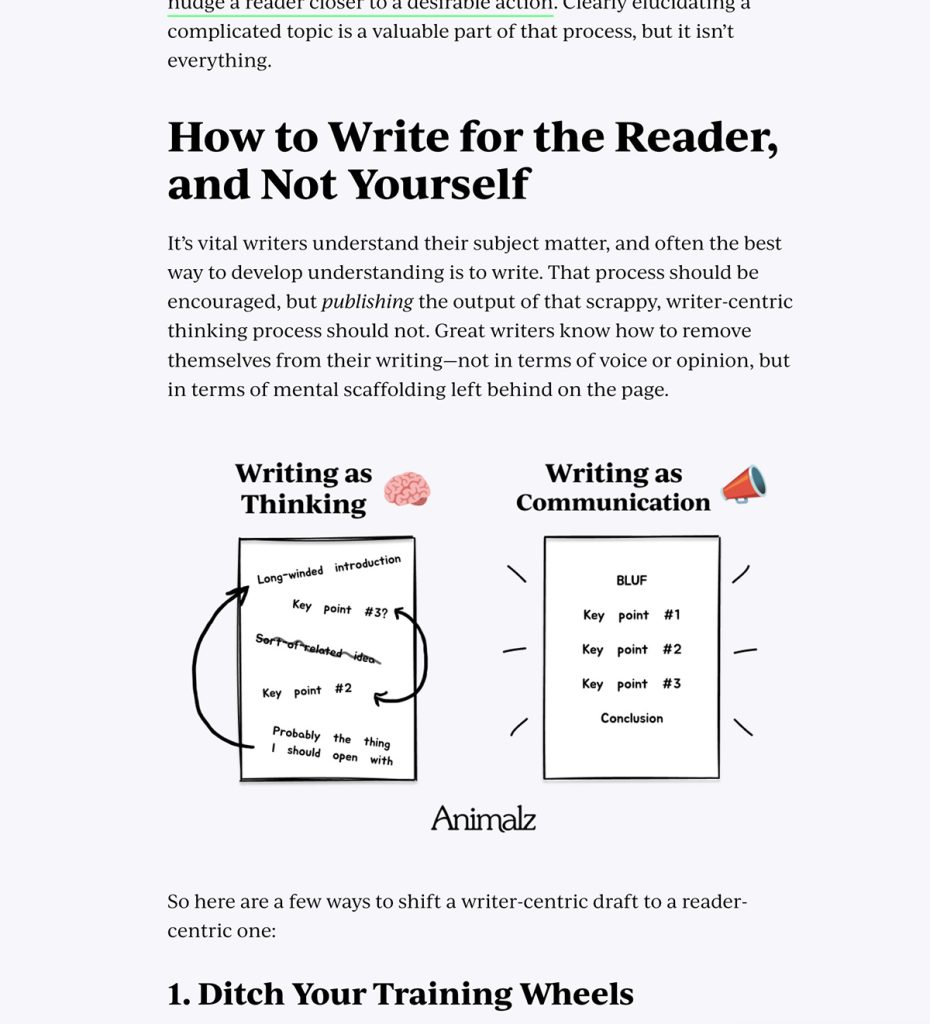Reading Time:
10 mins
Published:
Tuesday, 24 October 2023

Creating effective prompts is Essential for achieving successful AI image generation. The quality and specificity of the prompt directly impact the output of the AI model, determining whether it generates the desired image or not. In this article, we will discuss the importance of effective prompts in AI image generation and provide valuable tips on how to create them.
When using AI for image generation, the prompt is the input that guides the model on what kind of image to create. A well-crafted prompt helps set the direction, style, and context for the generated image. Here’s why effective prompts are vital:
Influencing Output: The prompt’s specificity and clarity influence what the AI model generates. By providing detailed instructions and guiding the AI’s focus, you can improve the chances of getting the desired output.
Controlling Style and Theme: A prompt can ensure that the generated image aligns with your preferred style and theme. For example, if you want a landscape painting with vibrant colors, mentioning these details in the prompt will guide the AI in that direction.
Avoiding Bias: Crafting an unbiased prompt is essential to ensure fair and inclusive image generation. Ambiguous or biased prompts can unintentionally influence the AI model to generate images that perpetuate stereotypes or discriminatory content.
Encouraging Creativity: While being specific is important, leaving room for creativity can lead to unique and unexpected results. Balancing clear instructions with creative freedom can result in captivating and original images.
To create effective prompts for AI image generation, consider the following tips:
Be Clear and Specific: Clearly communicate what you want the AI model to generate. Include details like colors, objects, composition, or mood to guide the image creation process.
Use Visual References: To convey your vision accurately, provide visual references such as images, artworks, or links. This helps the AI model understand your expectations and generate a more relevant image.
Avoid Ambiguity: Ambiguous prompts can lead to unpredictable results. Be precise and avoid vague statements that may confuse the AI model.
Consider Constraints: If you have certain constraints or requirements, mention them in the prompt. For example, if you need a square image or a specific aspect ratio, include these details to guide the AI model.
Experiment and Iterate: If you’re not satisfied with the initial output, try different prompts or adjust the existing one. Experimentation and iteration can help you refine your prompts and achieve the desired results.
Creating effective prompts is Essential for successful AI image generation. By understanding the importance of prompts in guiding the AI model and following the tips provided, you can improve the quality and relevance of the generated images. Remember to be clear, specific, and considerate of biases to achieve the desired results and unlock the full potential of AI image generation.
The use of prompts in AI image generation plays a vital role in determining the realism and accuracy of the generated images. Prompts provide directions and context to the AI model, guiding it in understanding the desired visual output. By providing specific and detailed prompts, users can influence the quality and fidelity of the images generated by the AI model.
When prompts are carefully crafted, they can help generate images that closely align with the intended concept or subject matter. For example, if the prompt specifies “a sunny beach with palm trees,” the AI model will focus on creating an image that includes the desired elements, resulting in a more accurate representation of the given prompt.
Moreover, prompts that include additional details, such as colors, lighting conditions, or specific objects, can further enhance the realism of the generated images. By providing specific instructions, users can guide the AI model in producing images that closely resemble real-life scenes.
The specificity of prompts has a direct impact on the quality of the images generated by AI models. More specific prompts tend to yield higher-quality and more focused results. By providing detailed instructions, users can guide the AI model towards generating images that meet their specific requirements.
For instance, instead of using a generic prompt like “a dog,” a more specific prompt such as “a golden retriever playing fetch in a park” will likely result in a more accurate and detailed representation. Specific prompts allow the AI model to better understand the desired visual elements and generate images that closely align with those instructions.
Yet, it is important to note that excessively complex or overly restrictive prompts may limit the creativity of the AI model and result in less diverse outputs. Striking a balance between specificity and flexibility is Essential to ensure the generation of high-quality and varied images.
In conclusion, prompts play a critical role in AI image generation by providing context and direction to the AI model. Specific and detailed prompts enhance image realism and accuracy, allowing users to generate images that closely align with their desired concepts. Balancing prompt specificity with flexibility is key to maximizing the quality and diversity of the generated images.
When it comes to generating AI image prompts, creating effective prompts is Essential to get the desired results. By following certain guidelines, you can improve the quality and relevance of the images generated. Here are some key points to keep in mind:
To create effective prompts, it’s important to keep them simple and concise. Complex or convoluted prompts can confuse the AI model and lead to unpredictable results. By providing clear and straightforward instructions, you can guide the AI model in the right direction and increase the chances of getting the desired image.
For example, instead of writing a prompt like “Generate a landscape with a castle, river, and birds flying in the sky,” you can simplify it to “Create a landscape with a castle by the river.” This helps the AI model focus on the specific elements you want without unnecessary details.
Clarity and specificity are key when creating prompts for AI image generation. Clearly stating what you want to see in the image helps the AI model generate more accurate and relevant results. Vague or ambiguous prompts may produce images that do not align with your intentions.
For instance, instead of requesting “Produce a picture of a happy dog,” you could be more specific by specifying the breed, pose, or background you desire. A prompt like “Generate an image of a golden retriever playing fetch in a park” provides clearer instructions and increases the likelihood of receiving an image that meets your expectations.
Including specific details related to color, style, or composition can also help refine the generated images. For example, if you want a vibrant and colorful image, you can mention that in the prompt.
By providing clear and specific instructions, you give the AI model a better understanding of what you’re looking for and increase the chances of getting images that closely match your vision.
Here are a few examples of effective prompts for AI image generation:
“Generate a picture of a sunset over a tropical beach with palm trees.”
“Create an image of a modern office workspace with natural lighting and a city skyline visible through the windows.”
“Produce a colorful abstract painting with bold brushstrokes and geometric shapes.”
“Generate a photograph of a delicious chocolate cake with strawberries on top.”
These prompts are specific, concise, and provide clear guidelines for the AI model to follow. By crafting prompts in this manner, you can enhance the accuracy and relevance of the generated images.
In conclusion, creating effective prompts for AI image generation involves keeping them simple, concise, clear, and specific. By following these guidelines, you can increase the likelihood of receiving images that align with your vision and meet your requirements.
When creating prompts for AI image generation, one effective approach is to utilize different art styles as filters. By specifying the desired art style in your prompt, you can guide the AI to generate images that align with your vision. For example, if you want an image with a vintage feel, you could include instructions such as “Create an image in the style of a retro poster” or “Generate an image that resembles a classic oil painting.” This helps the AI understand the specific artistic qualities and characteristics you are looking for, resulting in more accurate and satisfying results.
There are various art styles you can explore and incorporate into your prompts, such as impressionism, cubism, surrealism, or even specific artist styles like Van Gogh or Picasso. By experimenting with different art styles as filters, you can achieve unique and visually appealing images that resonate with your audience.
Moreover art styles, you can enhance the desired aesthetics of AI-generated images by providing specific instructions. These instructions can include details about color schemes, composition, lighting, and any other visual elements that you want to be emphasized or avoided. For example, you can prompt the AI with instructions like “Create a vibrant and colorful image with a focus on nature” or “Generate a minimalist image with clean lines and subtle textures.”
By being clear and specific in your instructions, you can guide the AI towards generating images that accurately reflect your desired aesthetics. This approach allows you to have more control over the outcome while still leveraging the creative abilities of the AI.
It’s important to note that while providing specific instructions can be beneficial, it’s also important to embrace the unexpected. Sometimes, the AI may interpret your instructions in a unique way and produce results that surprise and delight you. Embracing these unexpected outcomes can lead to creative breakthroughs and enable you to explore new artistic possibilities.
Overall, by utilizing different art styles as filters and enhancing the desired aesthetics with specific instructions, you can create effective prompts for AI image generation. This approach allows you to harness the creative potential of AI while maintaining control over the artistic direction. Experimentation and open-mindedness are key as you explore different styles and filters, pushing the boundaries of what AI-generated images can achieve.
The effectiveness of AI image generation relies heavily on the structure and organization of the prompts. To create compelling and accurate visual outputs, consider the following guidelines:
Provide Clear Instructions: Start by clearly defining the desired outcome and provide specific instructions to guide the AI model. Ambiguous or vague prompts can lead to confusing or irrelevant results.
Break Down Prompts into Steps: When dealing with complex concepts or images, it is essential to break down the prompts into step-by-step instructions. This allows the AI model to interpret and generate each component accurately.
Use Descriptive Language: Choose words that provide precise descriptions of the desired image. Instead of using generic terms like “a person sitting at a table,” specify details such as their posture, emotions, or surroundings to create a vivid image in the AI model’s understanding.
Consider Context and Background: Incorporating relevant context and background information can significantly enhance the accuracy and quality of the generated images. Provide details about the setting, lighting, or specific visual elements you want to include in the image.
While it may be tempting to create complex prompts with intricate instructions, simplicity often yields better results when it comes to AI image generation. Here are some guidelines to keep in mind:
Avoid Overly Specific Details: Instead of providing an exhaustive list of explicit details, give the AI model some creative freedom by allowing it to generate plausible variations of the image. This can lead to more diverse and interesting results.
Focus on High-Level Guidance: Rather than micromanaging the AI model’s decision-making process, provide high-level guidance and let the model fill in the details. This allows for more flexibility and creativity in the image generation while still aligning with the overall intent.
Experiment and Iterate: Prompt engineering is an iterative process. Experiment with different variations of prompts to see how the AI model responds. Analyze the generated outputs and refine your prompts based on the results to achieve the desired outcome.
Seek Feedback and Expertise: Collaborate with experts or individuals familiar with AI image generation techniques to gain insight and improve your prompt engineering skills. Feedback can help you understand the strengths and limitations of the AI model you are working with and refine your approach accordingly.
By following these guidelines, you can enhance the effectiveness of your prompt engineering and achieve more accurate and compelling AI-generated images.
In conclusion, the importance of branding cannot be overstated when it comes to differentiating your business from competitors and building a strong connection with your target audience. Creating a unique identity through branding allows you to showcase your values, story, and brand promise, which sets you apart from the competition. By investing in consistent branding efforts, you can become more recognizable and memorable to customers, fostering trust and influencing their buying decisions.
To effectively utilize branding for your business, it is Essential to go beyond a logo and slogan. Developing a clear brand strategy, understanding your target market, and communicating your values consistently are essential steps. Building a strong online presence by creating a professional website and optimizing your social media profiles further establishes your brand identity. Also, delivering exceptional customer experience reflects your brand in every interaction and helps cultivate positive relationships with customers.
Looking at some best examples, companies like Apple, Nike, and Coca-Cola have successfully utilized branding to create strong emotional connections with their customers. Through consistent messaging and captivating visual identity, these brands have effectively communicated their values, unique selling propositions, and quality.
In summary, branding plays a vital role in distinguishing your business, becoming more recognizable, and fostering trust with customers. It is an ongoing process that requires careful consideration and effort. By investing in branding, you can position your business as the ideal choice in the minds of your target audience and gain a competitive edge in the market.
Best Blogs Chosen For You
These instructions will help you understand how to use our services and make the most of them.

Introduction to Midjourney: A Powerful Tool for AI-Generated Artwork Art, in all its forms, has..
Learn More
Introduction Inbound Brand management has become a popular strategy for attracting and engaging customers in..
Learn More
Source: www.cyberclick.net Introduction Inbound Product management has revolutionized the way businesses attract, engage, and convert..
Learn More
In today's highly connected professional landscape, a strong online presence has become an essential component..
Learn More
In the world of open source language models, Llama 2 has emerged as a powerful contender. Developed..
Learn More
Source: imageio.forbes.com I. Introduction Threads, the new app launched by meta, the company behind Facebook..
Learn More